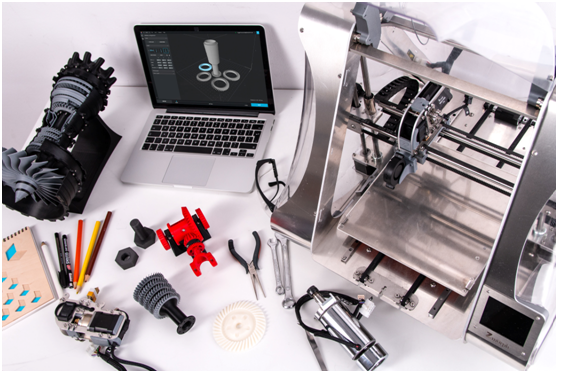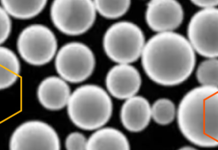
3D printing is also called desktop fabrication, and it can use many different materials. When you create an object, you will scan 3D drawings or use computer assisted design software. When you send the design to the 3D printer, it prints the design one layer at a time. In this way, it makes a real object.
There are many different applications for 3D printing, especially the medical industry. Surgeons can create 3D models of patients’ body parts and organs, and these items can be used to plan and practice surgeries. 3D printing is also used to make toys, jewelry, art, architecture, and so much more.
Plastics
Plastics are by far the most commonly used of all 3D printing materials. They are often used to make functional prototypes, but they are becoming common in home projects as well. The one you choose will depend on your project. For example, if you are making food packaging, you will want to choose a material that is not toxic. Take a look at the following:
- ABS: Legos are a popular example of ABS. It is lightweight, strong, and affordable, and it comes in many different colors. This makes it a very popular material. It does emit fumes when it reaches its melting point.
- PLA Filament: This one is fast becoming a favorite because it is biodegradable since it is made from plant-based materials such as cornstarch. It is easy to use, and it smells sweet at its melting point. It comes in many different colors as well as composites. It is less durable than ABS and can warp if heated, so for more durable needs, you will want to choose another material.
- Nylon: This material is strong and flexible, and it is used for many projects. People often call it white plastic. It is ideal for projects that need mechanical strength, but note that it degrades from humidity, so it needs to be stored in airtight containers.
- PEEK: This 3D printing material is very resistant to temperature, chemicals, and stress, and it can be exposed to radiation as well. The issue is that it has a very high melting point, so it is better for a professional to use. It is commonly used in automotive, chemical, medical, and aerospace industries for durable tools and parts.
- PET: This material does not emit unpleasant odors when it is used, and it does not require a heated bed. It produces a glossy finish, and it is food safe. As a result, it is commonly used for water bottles and other food packaging.
- PETG: This material is PET combined with glycol, and it can be printed at even lower temperatures. It is weather resistant and food safe. You can print faster than you can with PET.
- Ultem: This is another material that can tolerate chemicals, high temperatures, and stress. However, it requires very high heat as it has a high melting point, and it is mostly used in automotive, medical, electrical, and aerospace industries.
- HIPS: High Impact Polystyrene is durable and often used for shipping containers. It is very strong and durable, but it does emit vapors.
- PVA: It was made to be a support material, and it is soluble in tap water, so it works well in this role.
Composites
Composites are made up of more than one 3D printing material. PLA has many composite options, including metal or wood. The composites are normally used in certain industries.
- Conductive: This material can be used to make many items including wearable electronic devices and touch sensors. It is strong and durable, but it does emit an odor.
- Metal and Plastic Filament: This is normally thermoplastic combined with small amounts of metal. People often choose copper, steel, bronze, or iron. It will be heavier than plain plastic, and it can produce a metal appearance.
- Alumide: This is an alternate form or nylon that has aluminum particles mixed in. It has a porous finish, and it is shiny and durable.
- Wood: This material has wood fibers added to plastic filaments. You can cut, sand, or paint the final product, and it is very attractive.
Other Materials
In addition, you can use metals, wax, sandstone, ceramics, resins, and paper in 3D printing. Each material has a purpose, ranging from parts for the automotive industry to surgical tools to art. When you are selecting a 3D printing material, you need to know what the melting point is and how easy the material is to work with.







